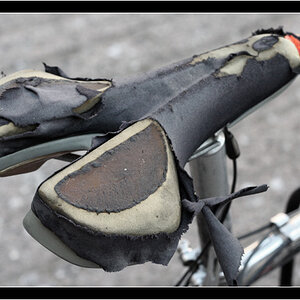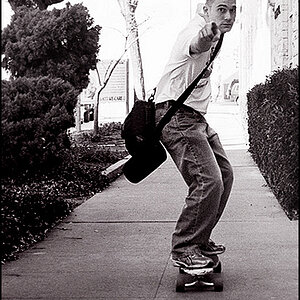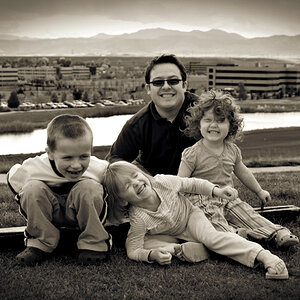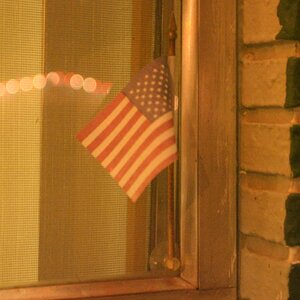Dick Sanders
TPF Noob!
- Joined
- Sep 7, 2008
- Messages
- 222
- Reaction score
- 2
- Location
- Southern California Desert
- Website
- www.dicksanders.com
- Can others edit my Photos
- Photos NOT OK to edit
DanMan and others: Until Fridrich comes back with pics of his homemade foamcore V-Flat, I thought I would demo the principle in miniature. Keep in mind, this is inadequate because the foam core pieces are too small (Fridrich used two 4x7 foot pieces of one inch foamcore).
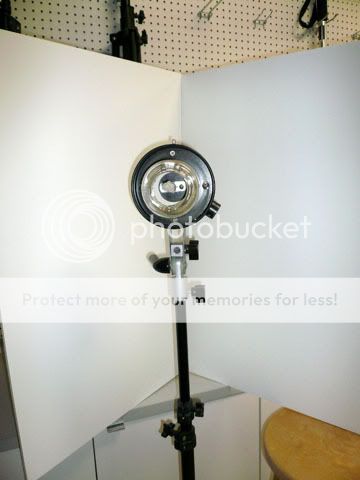
Foam core pieces set at right angles to form a V-flat. Bare bulb head placed at rear, aimed forward.

Piece of diffusion material placed over front of V-flat to form triangular softbox. Light will both bounce off the sides and punch through the front. Keep in mind, in Fridrich's much larger setup, the diffusion material would be much further out from the head. And for an even softer light (if needed) I suggest moving the head forward and reversing its direction to aim to the rear of the V, so it first bounces off the flat before punching through the diffusion material in front.
Fridrich correct me if I'm wrong on your setup, and if you find time, please show it to us, and maybe A-B examples of the lighting done both ways. Thanks.

Foam core pieces set at right angles to form a V-flat. Bare bulb head placed at rear, aimed forward.

Piece of diffusion material placed over front of V-flat to form triangular softbox. Light will both bounce off the sides and punch through the front. Keep in mind, in Fridrich's much larger setup, the diffusion material would be much further out from the head. And for an even softer light (if needed) I suggest moving the head forward and reversing its direction to aim to the rear of the V, so it first bounces off the flat before punching through the diffusion material in front.
Fridrich correct me if I'm wrong on your setup, and if you find time, please show it to us, and maybe A-B examples of the lighting done both ways. Thanks.



 .
.![[No title]](/data/xfmg/thumbnail/37/37494-d432dd0601f47668ec55d04f350f243b.jpg?1619738113)

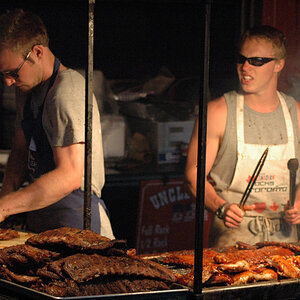
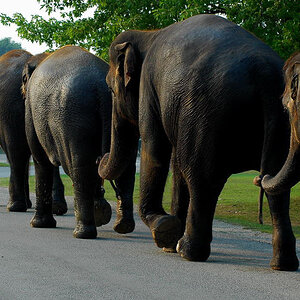
![[No title]](/data/xfmg/thumbnail/30/30987-a33ca8e90b5d786c21e59d37945b9cc6.jpg?1619734552)
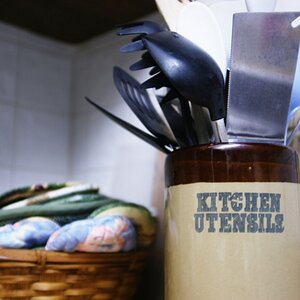
![[No title]](/data/xfmg/thumbnail/37/37491-9a5a4b87cc7adab94e5cc59f2da93701.jpg?1619738112)
